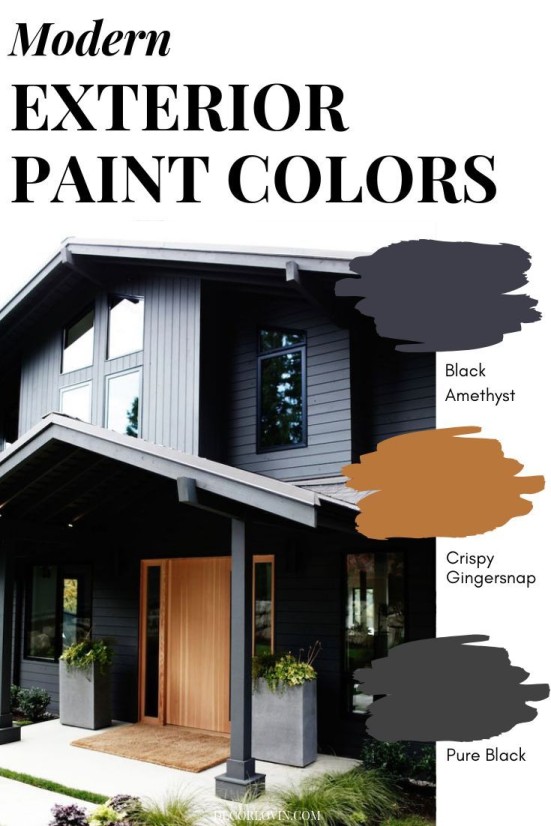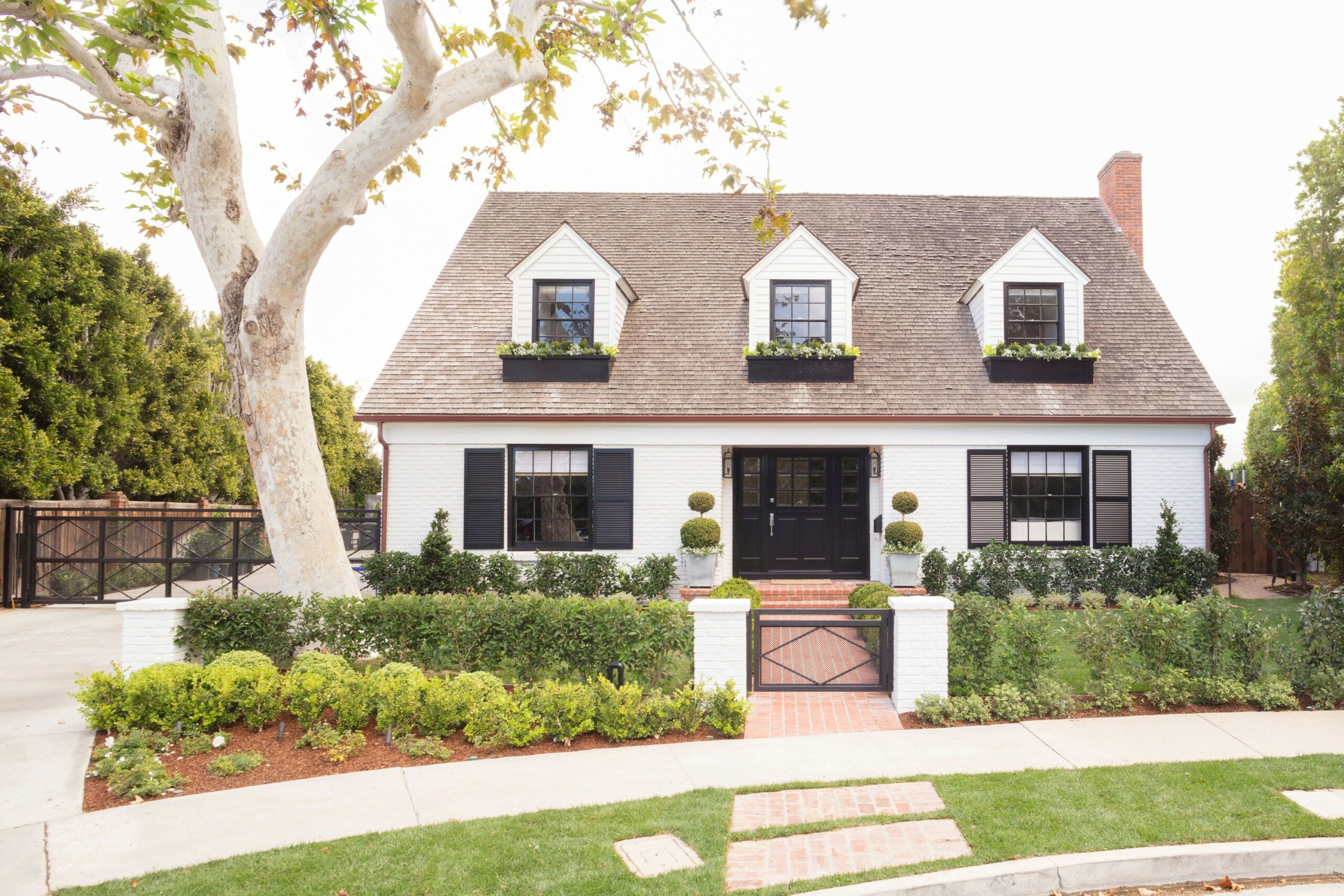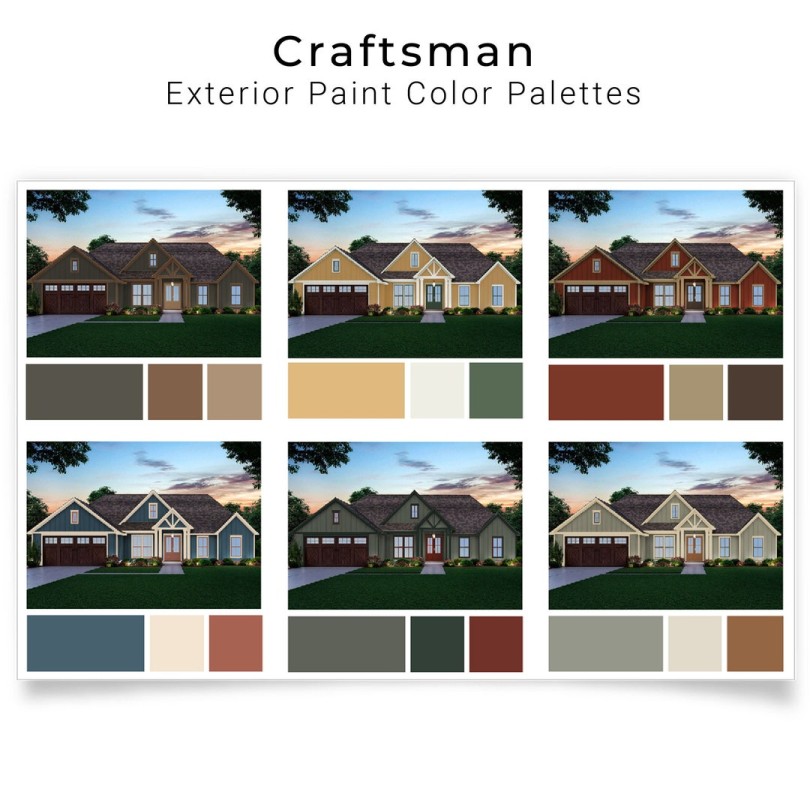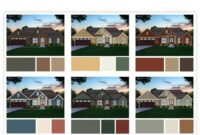
Exterior Color Schemes for Homes
Choosing the right exterior color scheme for your home can be a daunting task. From the color of the front door to the siding and trim, there are many decisions to make that will ultimately determine the overall look and feel of your home. In this article, we will explore what exterior color schemes are, how to choose the perfect colors for your home, what is known about color psychology, potential solutions to common color scheme challenges, and provide helpful information and tips on creating a cohesive and visually appealing exterior color scheme for your home.
What do you mean by exterior color schemes?
Exterior color schemes refer to the combination of colors used on the exterior of a home. This includes the color of the siding, trim, front door, shutters, and any other exterior elements that contribute to the overall aesthetic of the home. Choosing the right color scheme can enhance curb appeal, increase property value, and create a welcoming and cohesive look for your home.
How to choose the perfect colors for your home?
When choosing the perfect colors for your home’s exterior, there are several factors to consider. First, take into account the architectural style of your home. Traditional homes often look best with classic color schemes such as whites, grays, and blues, while modern homes can pull off bold and vibrant color choices. Consider the colors of neighboring homes as well, as you’ll want your home to stand out while still complementing the overall neighborhood aesthetic.

It’s also important to consider the landscaping and natural surroundings of your home. A color scheme that complements the greenery and foliage around your home can create a harmonious and inviting look. Additionally, think about the climate and weather conditions in your area. Light colors can help keep your home cool in hot climates, while darker colors can absorb heat in cooler climates.
What is known about color psychology?
Color psychology is the study of how colors can affect human emotions and behavior. Different colors can evoke different feelings and moods, so it’s important to consider the psychological impact of your chosen color scheme. For example, warm tones like reds, oranges, and yellows can create a cozy and inviting atmosphere, while cool tones like blues and greens can promote relaxation and calmness.
When choosing colors for your home’s exterior, think about the message you want to convey. Do you want your home to feel energizing and lively, or do you prefer a more serene and peaceful vibe? Understanding color psychology can help you choose colors that align with your desired emotional response.
Solution to common color scheme challenges

One common challenge when choosing an exterior color scheme is finding the right balance between bold and neutral colors. If you’re drawn to vibrant hues but are hesitant to commit to a full-on bright color scheme, consider using a bold color as an accent, such as on the front door or shutters. This can add a pop of color without overwhelming the overall look of the home.
Another challenge is coordinating multiple colors for a cohesive look. One solution is to use a color wheel to help you choose colors that are complementary or analogous. Complementary colors are opposite each other on the color wheel and create a high-contrast look, while analogous colors are next to each other and create a more harmonious and subtle palette.
Information and tips for creating a cohesive exterior color scheme
When creating a cohesive exterior color scheme, it’s important to consider the undertones of each color. Undertones are the subtle hues within a color that can affect how it appears in different lighting conditions. For example, a gray with a blue undertone may look cooler in natural light, while a gray with a green undertone may appear warmer.
Test out sample colors on your home’s exterior before making a final decision. Paint swatches can look different in natural light versus artificial light, so it’s important to see how the colors will actually appear on your home. Consider the direction your home faces as well, as lighting conditions can vary depending on the orientation of your home.
Don’t forget to factor in the color of your roof when choosing an exterior color scheme. The roof is a large and permanent element of your home, so it’s important to choose colors that complement rather than clash with the roof color. Consider the material and texture of your roof as well, as different materials may reflect light differently and affect how colors appear.
Conclusion
Choosing the perfect exterior color scheme for your home is a big decision, but with careful planning and consideration, you can create a look that enhances your home’s curb appeal and reflects your personal style. By understanding color psychology, considering the architectural style of your home, and testing out sample colors, you can create a cohesive and visually appealing exterior color scheme that makes your home stand out in the neighborhood.
FAQs
Q: How do I choose colors that won’t fade in the sun?
A: Look for high-quality exterior paint that is specifically formulated to resist fading from UV rays. Consider lighter colors that tend to fade less than dark colors.
Q: Can I mix different types of siding materials with different colors?
A: Mixing siding materials can create visual interest, but it’s important to choose colors that complement each other to avoid a disjointed look.
Q: Should I consider the color of my landscaping when choosing an exterior color scheme?
A: Yes, the colors of your landscaping can influence the overall look of your home, so consider how your chosen colors will harmonize with the natural surroundings.
Q: How often should I repaint my home’s exterior?
A: The frequency of repainting your home’s exterior will depend on the quality of the paint, the climate in your area, and the level of sun exposure. On average, most homes require repainting every 5-10 years.
Q: Can I change my exterior color scheme if I’m not happy with the initial choice?
A: Yes, you can always change your exterior color scheme if you’re not satisfied with the initial choice. Consider working with a professional painter or color consultant to help you make the best decision for your home.




